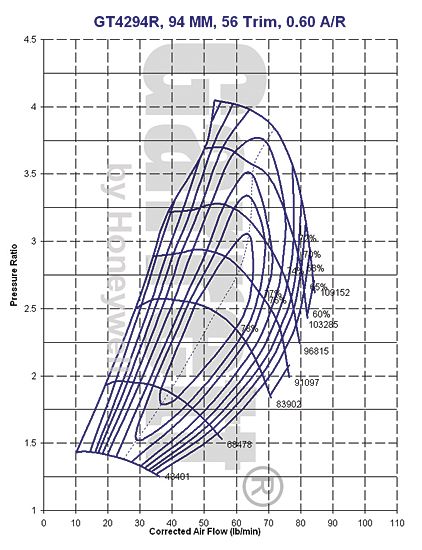and................
Seller information
drifteffects
RS-SERIES 60mm V BAND TURBO WASTEGATE 5.5" TALL 12-14-19-31 PSI garrett kkk borg
GODSPEED RS-SERIES 60MM WASTEGATE V-BAND
DESCRIPTION: GODSPEED 60MM V BAND RS-SERIES WASTEGATE (universal)
- comes with 5psi spring x 1 , 14 psi springs x 1 , 12 psi springs (combine up to 31 psi)
- dual port. accurate boost
- ultra durable diagram (diaphram)
- comes with all the hardware (bolts, gasket etc)
- accurate boost pressure
- high quality appearance
- simple one step process for removing or installing different wastegate springs
- 1 year warranty ( if installed by professional)
this wastegate is 5.5" inches tall.
5 psi spring : outer diameter : 36.5mm / length : 75mm
12 psi spring : outer diameter : 59mm / length : 121mm
14 psi spring : outer diameter : 49mm / length : 108 mm
example : you can use 5 psi spring by itself or the 12 psi or 14 psi spring by itself. Using 5 psi + 14 psi with result in 19 psi . Using all three springs together will get you up to 31 psi max.
doesn't come with installation instructions
ALL ITEMS ARE BRAND NEW
PLEASE CHECK OUT MY OTHER AUCTIONS
FEEL FREE TO CONTACT US
PHONE NUMBER : 1-626-926-6465 MON-FRI 10AM-6PM PST


















